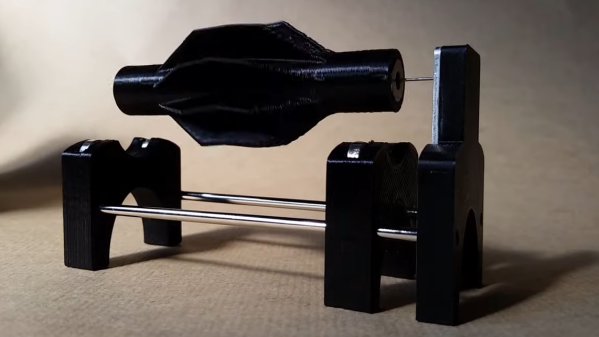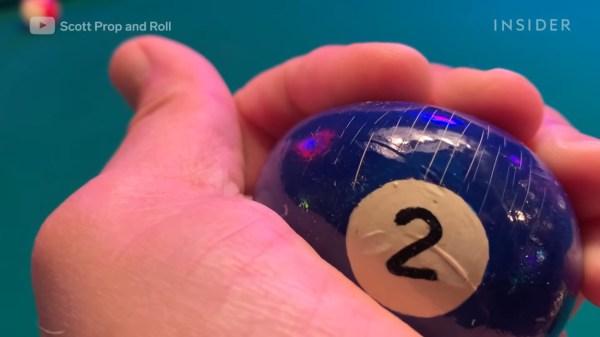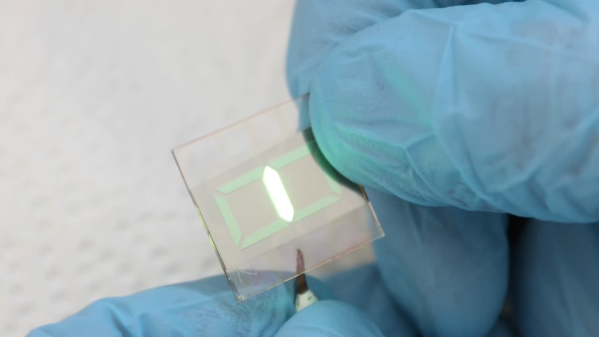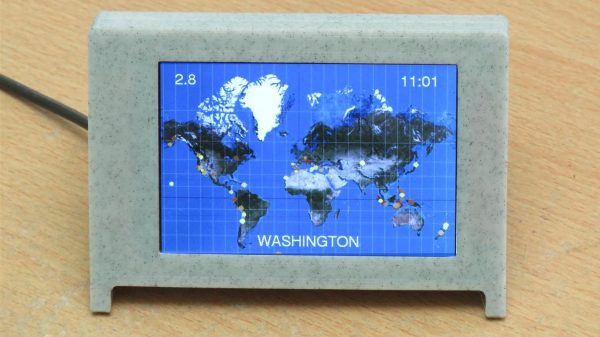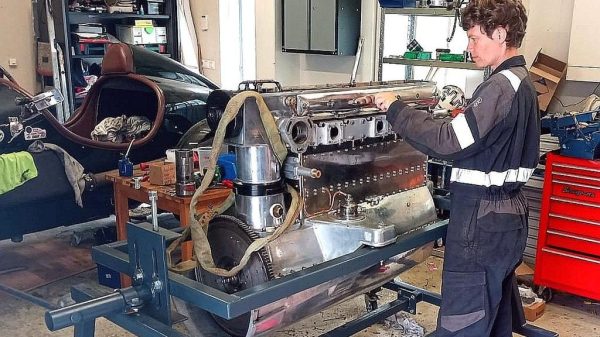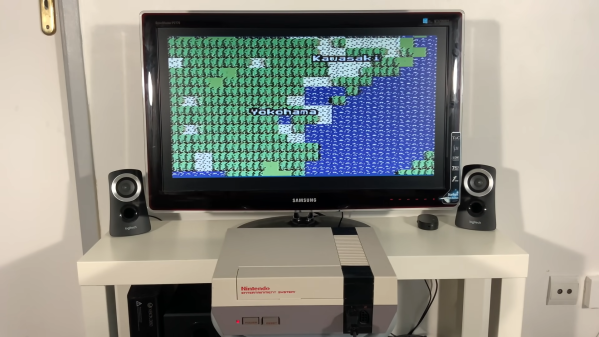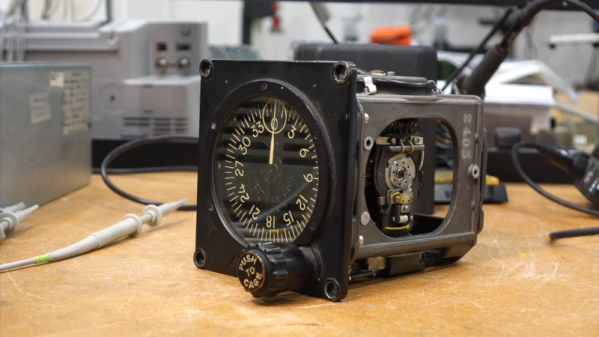Magnetic levitation is a beautiful thing to watch. Seeing small objects wobble about while seemingly hovering in thin air never gets old. If you want something suitably distracting in this vein for your own desk, consider building this levitating turbine from [JGJMatt].
The build uses a combination of 3D printed parts and metal rods to form a basic frame. The turbine is also 3D printed, making it easy to create the complex geometry for the curved fins. Rare earth magnets are then slotted into the parts in order to create the levitation effect. Two magnets are fitted to each frame piece, and one magnet is inserted into each end of the turbine. When aligned properly, the turbine will hover over the frame and can spin freely with almost no friction.
One concession made to functionality is a sewing needle inserted into the turbine. This presses against one part of the frame in order to keep the turbine from being pushed out of the magnetic field entirely. It’s possible that with very careful attention to detail in alignment, the pin could be eliminated, but it makes the system far more robust and reliable to have it there.
Floating in the magnetic field, a simple puff of air is enough to set the turbine spinning for quite some time. It makes for a captivating desk ornament, and one that can be tinkered with by changing the turbine blades for different performance. It may be frivolous, but at the larger scale, magnetic levitation is put to more serious uses like high-speed transport. Video after the break.

